With the rooftop greenhouse Agrotopia, van Bergen Kolpa Architects (NL) and META architectuurbureau (BE) have delivered Europe’s largest public building dedicated to urban food production. This project was commissioned by the Flemish research institute for agriculture and horticulture, Inagro, and REO Veiling.

Faceted entrance facade with stairs.
With its faceted glass frontages, monumental entrance staircase, and stacked functions, Agrotopia has given an architectural face to horticulture on the city’s rooftops. Through water recuperation and by reusing urban waste heat, Agrotopia aims to enter into a circular symbiosis with the city.
Agrotopia was constructed on the roof of the REO Veiling headquarters: the logistic heart of West Flanders for fruit and vegetables. With a great view across the expansive landscape and the city, urban horticulture atop industrial rooftops is afforded a prominent place in Roeselare’s skyline.
"Together with the clients, Inagro and REO Veiling, we have realized an ambitious building with numerous innovations. A single building featuring different climate zones, sustainable and economical use of space, research into leafy vegetables and fruit vegetables in the city, opening up the rooftop to a public function, circular use of space and energy, to name but a few," said Jago van Bergen, van Bergen Kolpa Architects.
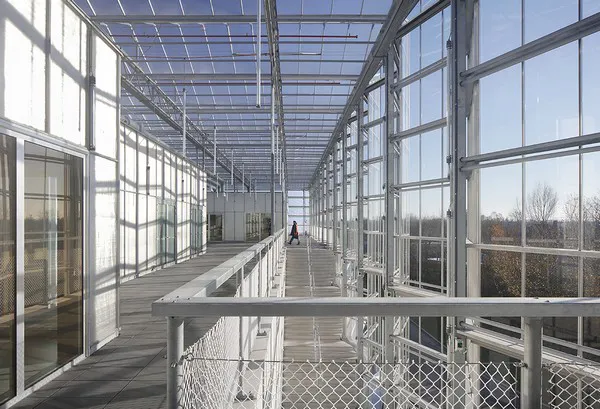
Entrance stairs and visitor facilities
Building for research and education
In the 9,500 m2 building, high-tech research facilities for the cultivation of fruit and leafy vegetables are surrounded by an educational trail for the general public. In four different climate zones, the cultivation of tomatoes and lettuce, but also peppers and strawberries, can be followed.
"Agrotopia as a test case: building a greenhouse atop an existing building has never been done before on this scale and it presented many opportunities and challenges. The integration of the steel greenhouse with the concrete substructure and complex installations has resulted in a true public building with exceptional architectural quality for the city of Roeselare," said Niklaas Deboutte, META architectuurbureau.
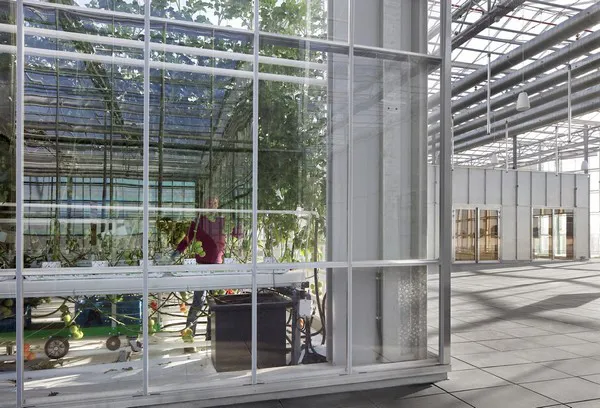
Urban Horticulture square with auditorium, offices, and cultivation compartments
One of the challenges was to reconcile the needs for research facilities in a greenhouse, and therefore a warm and humid environment – with the requirements for visitor facilities. In Agrotopia’s greenhouse climate, it is not only plants that must thrive; it is also a place where people come to learn and work.
"To achieve this, box-in-box spaces were created for research and education with a climate-adapted to people. For the public spaces, fogging is used to temper the wind chill on hot days,' said Frederik Ghyssaert with Tractebel engineering.
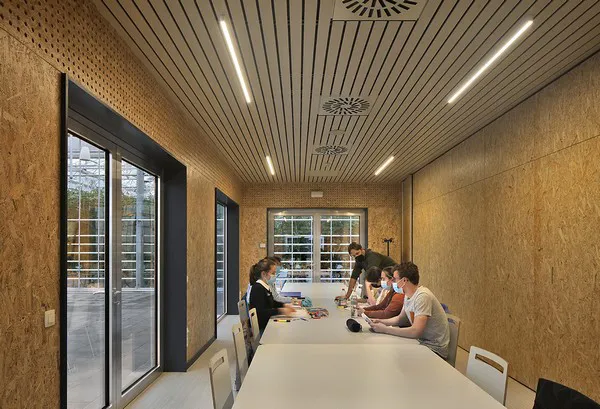
Offices and educational space with a view of the cultivation compartment
Transparent sculpture
Agrotopia is a proud, transparent sculpture of steel and glass, which underscores both its agricultural and its public function. To this end, the architecture is composed of a slender greenhouse construction that stands out against the sky and rests on the concrete base of the crate sheds.
The entrance, with a broad ascending staircase, leads to the urban horticulture square in the heart of the building where the visitor facilities are located. A double-height greenhouse for innovative vertical cultivation can be found in the façade greenhouse along the ring road. The foot of the double-height greenhouse stores the rainwater from the roof, which is then used to irrigate the crops.
The entire building consists of one standard greenhouse with diffuse glass. The greenhouse on the two cantilevered building heads owes its striking appearance to the expressive, faceted façades in transparent glass. On the entrance side, it forms vertical glass bay windows to which specific sunscreens could be added whilst also preserving the interior and exterior views. On the west side of the façade greenhouse along the ring road, the horizontal faceted construction guarantees a good incidence of sunlight for the crops and a reflection-free view at ground level.
"With Agrotopia we have differentiated and perfected the standard Venlo greenhouse," said Jeroen Smiemans, Smiemans Projects.
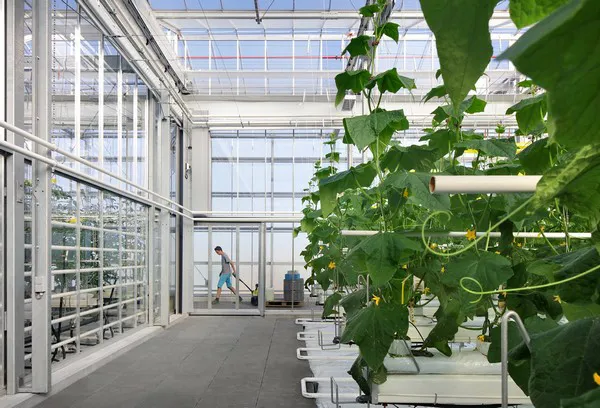
Circular high-tech research facilities
Sustainable and economic use of space
"The increasing and urgent need to use space as sustainably, efficiently and economically as possible has created a growing trend for urban agriculture, especially as a way of activating residual space in the city. In Agrotopia, two previously independent worlds – architecture and agriculture – are united in a single building dedicated to urban agriculture"
"With Agrotopia, we have created a unique location for practical research and the development of innovative techniques for greenhouse and urban agriculture. At the same time, this is the ideal place in which to conduct large-scale and professional research into the emerging field of urban horticulture. Thanks to the proximity of REO Veiling, where the growers convene, we strengthen the link between research and practice. We also want to use a visitor corridor in the greenhouse to give the general public a better understanding of greenhouse horticulture and contemporary agriculture and horticulture," said Mia Demeulemeester, Chief Executive Officer, Inagro.
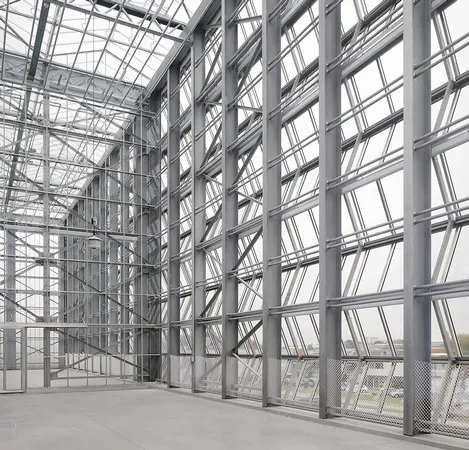
Facade greenhouse for 12m high vertical cultivation
Circular water and energy use
Not a drop of water is lost in this building. When irrigating the plants, the run-off is recycled and reused. The same applies to energy: the greenhouse is warmed by the surplus heat from the Mirom waste incinerator. In short, Agrotopia exists in a circular symbiosis with the city.
"Agrotopia: where the urban farmer of the future is trained. The next generation urban farmer will not only learn how to grow both leafy and fruit vegetables; they will also learn how to work with new technologies and business models," said Sjaak Bakker, Wageningen University & Research, BU Greenhouse Horticulture.

Facade greenhouse on top of silos for rainwater storage
An international and multidisciplinary team.
Specialists in the field of architecture (van Bergen Kolpa & Meta Architectuurbureau), horticulture (Wageningen University and research), greenhouses (Smiemans), climate and construction (Tractebel-Engie) worked together on this project.
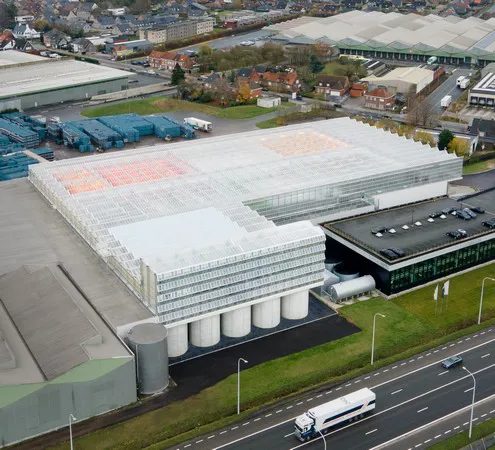
Building on the edge of the city along the ringroad
For more information: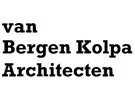
Van Bergen Kolpa Architects
www.vanbergenkolpa.nl
